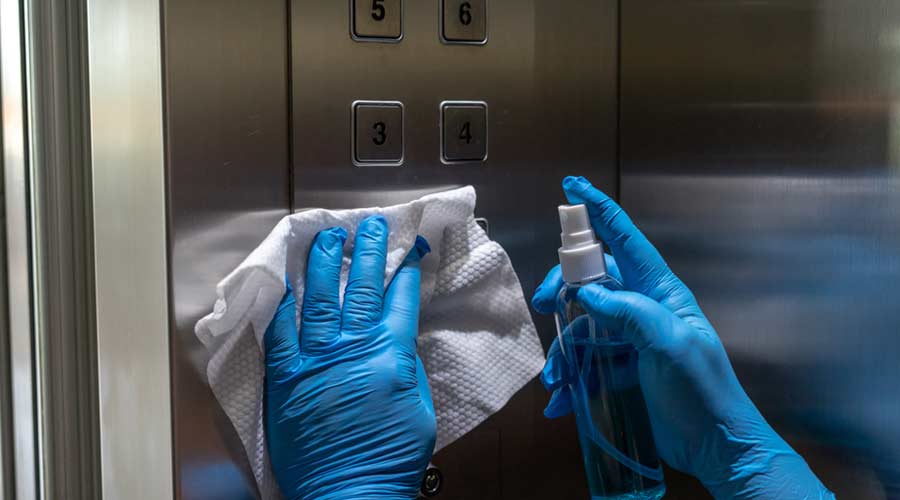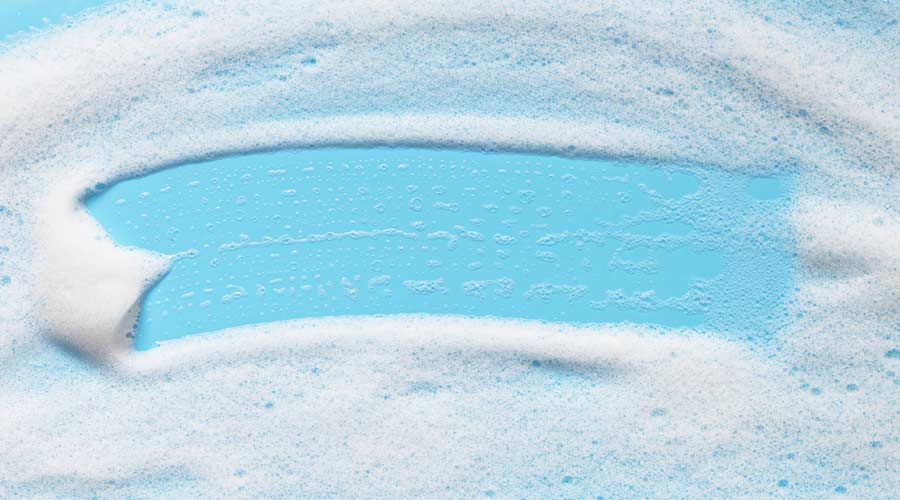
An aging workforce and shifting immigration patterns, especially since the pandemic, have set the table for a labor gap to emerge that is expected to continue widening. This labor gap, and accompanying skills shortages, means that more industries are now competing for a dwindling pool of workers. With over one million more job openings than there are unemployed people looking for work, this problem is not going away.
Potentially making this situation worse could be proposed immigration policies on which President Donald Trump campaigned and continues to highlight. Deportations at even a fraction of the scale that he’s spoken about could wreak havoc across a wide variety of industries, with facility cleaning managers and building service contractors, in particular, facing severe staffing shortages.
Although jan/san distributors aren’t expected to be directly impacted, it’s important they know customer hurdles so they can respond in kind.
Higher Demand, Lower Supply
Since the global pandemic, professionals overseeing cleaning operations have experienced an increase in their responsibilities, as it led to a widespread adoption of greater hygiene expectations. Additionally, across the janitorial sector, the industry experiences a staggering 200-400 percent turnover rate during normal times.
With the widening labor gap expected to continue growing due to demographic trends and looming immigration policies, that turnover rate could increase even further. It should come as no surprise that in 2024, 61 percent of commercial cleaning contractors identified staffing as a significant barrier to growth goals. Entering 2025, this number will likely increase, and industries like facilities cleaning will be the hardest hit as competition for potential employees ramps up.
Though hailed as essential workers during the pandemic, the need to fill such jobs has not diminished. In fact, concerns about the potential emergence of more novel diseases or viruses will likely not go away. Additionally, seasonal increases, with new strains of the coronavirus added to long-running winter spikes in the flu and RSV, have led to what may become an annual concern of a ‘tripledemic.’ As these concerns continue, cleaning professionals will be forced to continue doing more with less.
Many Industries Impacted
While many industries are affected, jan/san has been, and will likely continue to be, one of the hardest hit sectors. Again, cleaning teams are increasingly forced to take on more responsibilities, leaving little room in budgets to offer the necessary incentives that can attract and retain workers. Meanwhile, only so much can be done through automation and embracing technological innovation as the already-high turnover rate likely grows.
Furthermore, some of the most proven methods of attracting talent may do little to help address the turnover rate. As long as wages remain dormant, turnover rates will not go down, and there is simply not room for adding improved pay systems or additional perks.
A full 86 percent of surveyed commercial cleaning businesses plan to increase employee salaries, with more than half intending to raise wages by 5 percent or more. This may lead to lower turnover at some businesses, but continued high turnover across the industry as experienced workers jump from job to job, following the pay raises. Furthermore, offering these improved pay conditions will have to be done alongside the myriad other industries and businesses doing the same, as they all compete to attract workers.
Investment in automation and improvements in software may help, particularly in easing supply lines, but here again the industry may be impacted by policies enacted at the federal level. Expected continued upheaval in the supply chains as industries — responding to potential tariffs — look to re-shore jobs or de-couple from countries at risk of high tariffs will likely have a jarring effect. With over half of respondents reporting price increases on materials of over 5 percent, and more than half also reporting difficulty obtaining necessary vehicles and equipment, further destabilization of the global supply chain will leave the already hard-hit industry reeling even further.
Deportation, Tariffs, and Immigration
The potential one-two punch of tariffs destabilizing supply chains, while immigration policies worsen the labor gap, could be nearly impossible for the industry to bear. In order to reduce the impact ofthis hit, even if neither of these trends emerges, a reform and streamlining of the legal migration process must occur. The United States has long relied on immigrant workers for sustained growth, and nowhere is this more the case than high-turnover industries such as facilities management and jan/san.
Existing programs such as the H-2B and EB-3 visas enable employers to bring in foreign workers to fill essential positions, but navigating these programs already takes long periods of time. If the expected upheaval to the immigration system happens, those times will only lengthen as more people join the queue.
Improvement via simplification and streamlining of the process, and increasing the number of available work visas, would give businesses a vital tool with which to address staffing shortages. Enabling business leaders — in cleaning and facilities maintenance and across other severely impacted industries — to attract workers from abroad could help make great strides in reducing and ideally eliminating the labor gap.
Employers are already doing all they can to attract workers from the available labor pool, and those efforts must continue. The labor gap will not disappear overnight, and so investments in automation and adopting new technologies must continue, along with improvements in pay and working conditions.
As industry leaders continue to do all that they can to attract talent, state and federal lawmakers must work together to give them the help they need. While some feel that the re-shoring, and potential job growth resulting from high tariffs, may offset some of the pain, those changes will take time. In the meantime, even if such predictions prove true, it could only further strain a market struggling with a labor gap.
By working to improve existing programs for legal immigration, government leaders can work to narrow the wage gap. This will help not only leaders in facilities management, but across all industries.
John Dorer is a Global Mobility Executive with a focus on Employer Sponsored Green Card solutions, and the CEO of EB-3 Staffing Solutions for Employers. Headquartered in New York City,eb3.workprovides effective solutions in addressing the country’s chronic and growing unskilled and entry-level labor shortage by connecting employers with foreign nationals seeking to work legally in the United States.

 The Down and Dirty on Cleaning in Virus Season
The Down and Dirty on Cleaning in Virus Season How Surfactant Use is Expanding in Commercial Cleaning
How Surfactant Use is Expanding in Commercial Cleaning Maximize Your Margins: Learn How to Automate Pricing and Track Rebates
Maximize Your Margins: Learn How to Automate Pricing and Track Rebates